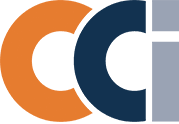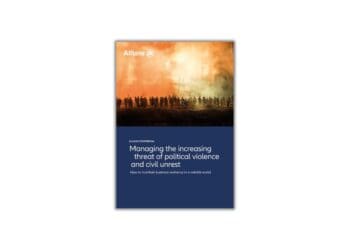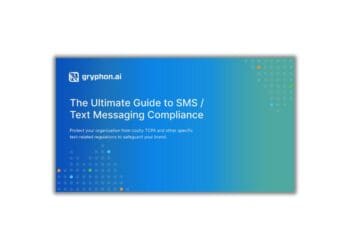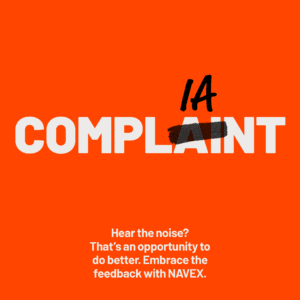5 Basic Steps to Get Started
Michael Volkov shares five ways a new chief compliance officer can start his/her new role out on the right foot.
Congratulations on your new position as the chief compliance officer. You successfully interviewed with the company, met the senior executive team and the audit committee chair and negotiated a nice compensation package. You are feeling “pretty, pretty good” (a la Larry David) about your new job and looking forward to starting your new position.
So, now, what do you do?
My first question for you: Did you negotiate and secure confirmation of important issues and mechanics necessary for you to carry out your responsibilities?
Here is a laundry list of questions you should have resolved before accepting the position.
- To whom do you report and how often?
- Are you part of the C-Suite?
- What is your reporting relationship to the board committee with oversight responsibility, and how often are you expected to report?
- How committed is the company to its ethics and compliance program?
- How many staff members do you have, and where are they located?
- What is your budget?
- Where is your office located? (Hopefully not where Melvin in “Office Space” was eventually moved)
Assuming all of the above-listed issues have been confirmed in your favor and the company is truly committed to its ethics and compliance program, you show up for your first day of work, plough through the human resources portion of the day and you are ready to go. What do you do now?
1. Meet with your compliance team.
This is a chance to meet your staff, learn about each of them, find out activities and responsibilities. You can then begin to tentatively visualize and prioritize assignments and responsibilities. Each of your staff members will have strengths and weaknesses. Your priority is to assess the capabilities, strengths and weaknesses of your compliance staff.
2. Meet with your “operational” partners.
… meaning your natural partners and supporters in the compliance space – human resources, legal, internal audit, controller, chief financial officer, security (if the company has an office) and information technology. In each meeting, your task is to listen and learn and find out not only how, exactly, compliance has been interacting with each function, but also the strengths and weaknesses of each relationship.
If the company has an ethics and compliance committee, you need to meet with each member and assess the operation of the committee and each constituent. What types of operations and programs has compliance established to operationalize the ethics and compliance program?
3. Meet with business leaders and key managers.
This is a critical task to learn and understand as much as possible about the company’s business, including:
- How has the business and compliance interacted?
- How effective is the working relationship?
- What is the business’ perception of compliance and vice versa?
This is an important opportunity to learn about the business, how to develop a strong working relationship and to begin to lay the foundation for a strong message of cooperation and support.
4. Develop a tentative game plan.
I mean “tentative” from an operational stand point. You are still missing one key ingredient: senior leadership and the audit committee. Before you meet with them, however, you need to assess where the program is, what needs to be done and a multiyear picture of where you envision leading the program. A tentative view, which is developed based on objective evidence and your expertise, is critical because you need to be ready to answer senior leadership and audit committee questions on the state of the company’s compliance program and where you want to take the program. As the leader of the compliance program, you need to develop a vision for the program and the steps needed to reach your objective(s).
5. Bring your vision to senior leadership and the audit committee.
This is a chance to test your reality, to determine exactly whether the promises and representations made to you prior to accepting the position are, in fact, true. In other words, this is when you will gain insight into exactly how much you will be able to accomplish, what roadblocks may develop at the senior level of the company and the challenges you will face.
At the conclusion of this process, a CCO will know whether he or she will be facing an internal political struggle that will complicate his or her assignment or whether the challenges can be overcome with the support of senior leadership. Nothing is easy in compliance and no one ever thinks the job will be easy, but CCOs can develop a quick sense of the path towards success. For some, early in this process, they will know either that the job may be extremely difficult or that there is a path forward, though it will require commitment and hard work.
This article was republished with permission from Michael Volkov’s blog, Corruption, Crime & Compliance.



 Michael Volkov is the CEO of The Volkov Law Group LLC, where he provides compliance, internal investigation and white collar defense services. He can be reached at
Michael Volkov is the CEO of The Volkov Law Group LLC, where he provides compliance, internal investigation and white collar defense services. He can be reached at 




